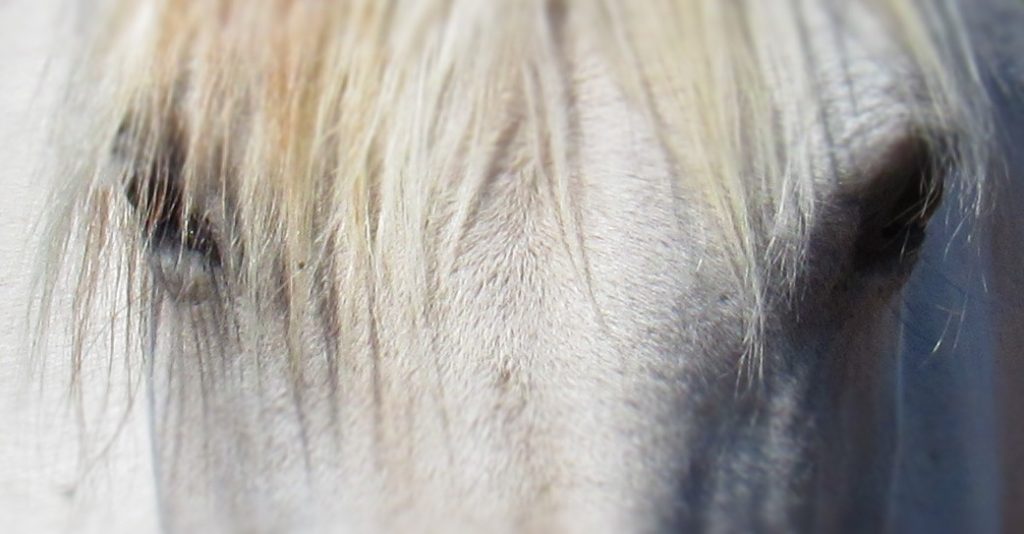 We partner with Mustangs and Indian ponies, both of which have often been vilified as everything from scrawny and unattractive good-for-nothings to environmentally destructive pests. This is pure prejudice. Generations of European-Americans have expressed the same judgmental disdain of Indigneous peoples using the very same words. The photograph on this page is of one of the beautiful and intelligent Mustang mares who partners with us. The video clip about Indian ponies embedded on the page What Is a Horse? tells you more about the heart and soul of these extraordinary beings.
We partner with Mustangs and Indian ponies, both of which have often been vilified as everything from scrawny and unattractive good-for-nothings to environmentally destructive pests. This is pure prejudice. Generations of European-Americans have expressed the same judgmental disdain of Indigneous peoples using the very same words. The photograph on this page is of one of the beautiful and intelligent Mustang mares who partners with us. The video clip about Indian ponies embedded on the page What Is a Horse? tells you more about the heart and soul of these extraordinary beings.
These days, rangeland managers often cloak their judgments of North America’s Indigenous horses in science, tagging Mustangs in particular as an invasive species that doesn’t belong in wild North American grasslands habitats. That argument is, at best, specious, even if you accept the negative evidence of “a lack of fossils for the last 5000 years of a 55 million history” as significant and meaningful. But there are quite a few Indigenous people in North America who say the lack of fossil evidence of horses over that time period doesn’t really tell us the true state of things.
Many Indigenous oral histories tell us that horses were always present on Turtle Island (North America). According to these traditions, horses were never extinct in North America, but an important part of Native culture long before first contact with Europeans. If so, the impact of escapee Spanish stock and horses of other settlers was one of inter-breeding with existing wild horse bands and Indian pony stock rather than one of totally (re)introducing horses to North America and its Native peoples.
Many Native people also have good reason to believe that contemporary Mustangs are, at least in part, descendants of Indian ponies that escaped slaughter on some of the occasions when the US Army killed bands of ponies during the Plains Indian wars. These slaughter events are themselves well-documented, as are the occasional escapes of groups of horses (such as those in the video on our page about the nature of the horses we work with).
Unfortunately, the difference between those who focus on a possible late extinction of horses in North America and those who focus on a long history of relationship between Native North American peoples and horses is often framed as a “science” versus “Indians” conflict. That particular framework is a very old one that casts Indians as ignorant and superstitious, and science as inherently True. Therein lies a gigantic load of serious and long-term cultural oppression that doesn’t help resolve the conflict at all.
What’s most unfortunate about this particular conflict, however, is that it doesn’t even address the real issue relevant to whether or not Mustangs and Indian ponies are a natural part of North America’s grasslands ecosystems. Scientifically speaking, they clearly are. Whether they became extinct for a brief period of time just before first contact or were here the whole time is immaterial to that point.
Rocky Mountain PBS published a video entitled, “Colorado Experience: Native Horses” on November 17, 2022, discussing the presence of Native horses in the Americas before Europeans arrived. We’ve linked to it here so you can learn more about this important issue.
Explore Horses and the Land
Return to What Is a Horse?
